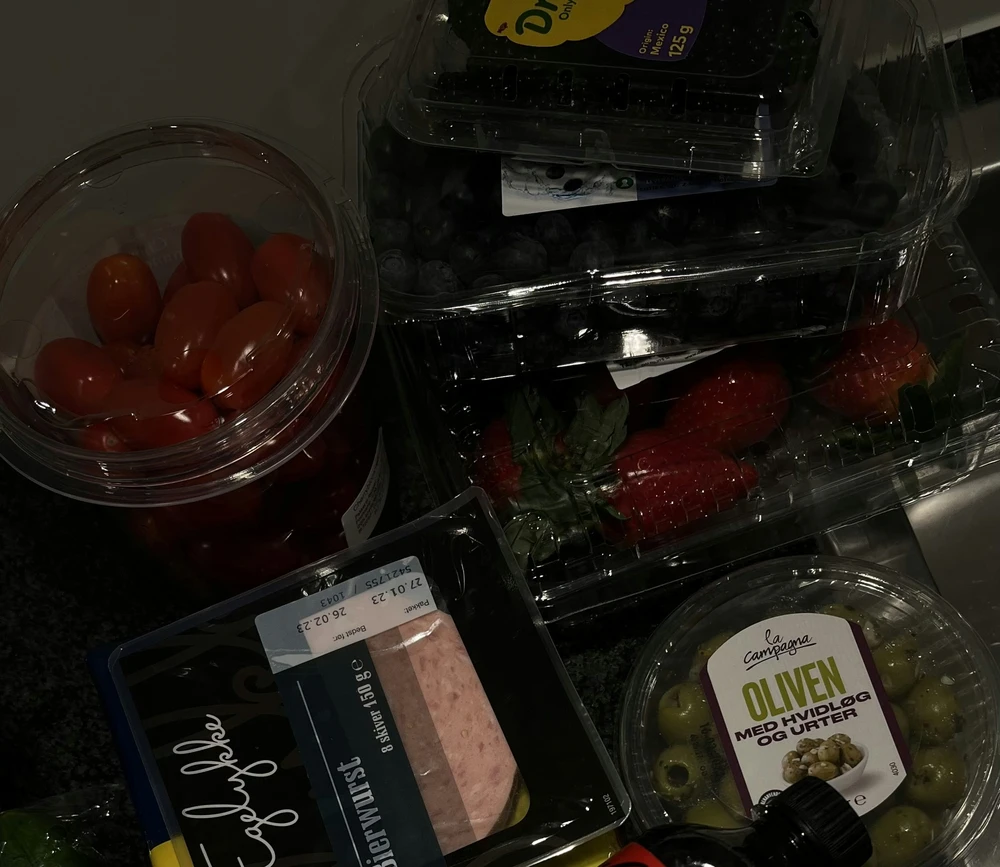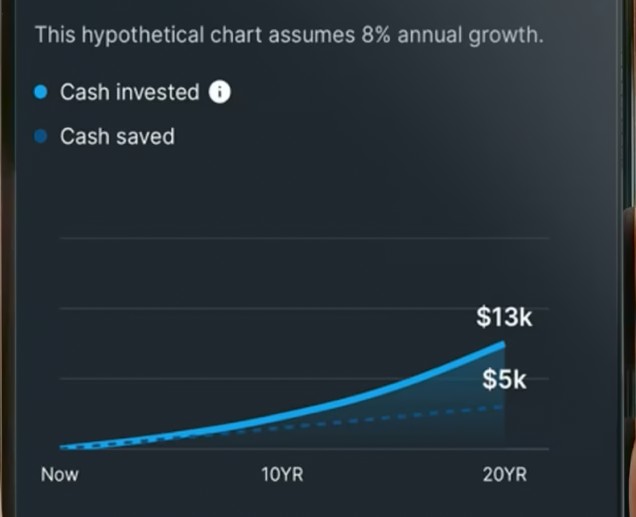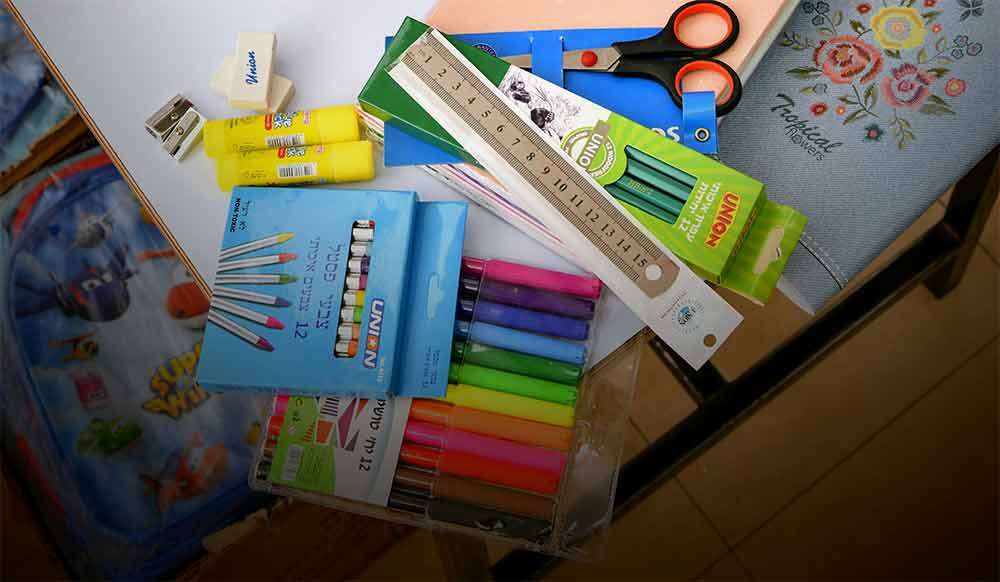Introduction: Why a Side Hustle Is More Than Just Extra Income
In 2025, the concept of a side hustle has evolved beyond just earning extra cash. For millennials and Gen Z, it’s also about freedom, creativity, and finding a deeper sense of purpose outside the traditional 9-to-5. One side hustle that’s gaining rapid traction is selling digital planners—eco-friendly, customizable, and deeply personal productivity tools designed for the digital age.
Whether you’re trying to pay off student loans, build a passive income stream, or simply tap into your creative side, starting a digital planner business is a smart and scalable choice. And you don’t need to be a tech expert or graphic designer to do it.
Let’s dive into exactly how you can launch a millennial-approved, emotionally resonant side hustle that blends profit with passion.
Why Digital Planners Are the Ideal Side Hustle in 2025
Today’s digital consumers—especially millennials—crave tools that support mental wellness, productivity, and sustainability. That’s where digital planners shine. Unlike paper-based alternatives, digital planners reduce waste while allowing for interactive features and beautiful design.
Benefits of a Digital Planner Side Hustle:
-
Eco-Friendly: No printing, no waste, 100% digital.
-
Customizable: Colors, fonts, sections—all tailored to your niche.
-
Portable: Usable across tablets, phones, and laptops.
-
In Demand: From students to busy moms to wellness lovers, everyone needs better organization.
This isn’t just a passing trend—it’s a growing market with heart.
Step 1: Define Your Niche (and Your Why)
A successful side hustle begins with clarity. Instead of trying to appeal to everyone, focus on a specific audience. When you speak directly to one group’s needs, you create stronger emotional connection—and better conversions.
Top Digital Planner Niches:
-
Mental Health & Self-Care Planners
-
Fitness and Meal Prep Journals
-
Student & Academic Organizers
-
Small Business or Entrepreneur Planners
-
Mindfulness & Faith-Based Journals
Tip: Explore Reddit threads, Etsy reviews, and TikTok trends to see what real people are looking for in their planners.
Ask yourself:
What problem does your planner solve?
What unique experience or passion can you bring to this?
Step 2: Design with Purpose and Personality
Millennials love beautiful, functional tools that reflect their personal style. Your planner’s design is the first thing that catches a customer’s eye—make it count.
Top Tools for Digital Planner Design:
-
Canva – Perfect for beginners with templates and drag-and-drop features.
-
Adobe Illustrator – Great for advanced customization.
-
Affinity Designer – Affordable alternative to Adobe.
-
GoodNotes or Notability – Design your planner to be fully interactive.
Must-Have Design Features:
-
Monthly, weekly, and daily layouts
-
Mood and habit trackers
-
Goal-setting and productivity sections
-
Hyperlinked tabs for seamless navigation
-
Aesthetic themes (minimalist, pastel, bold, etc.)
Emotional touch: Add sections like daily affirmations, mental health check-ins, or gratitude prompts. You’re not just selling a product—you’re offering a daily experience.
Step 3: Fill It with Value and Emotional Intelligence
Don’t just make a pretty planner—make it meaningful. Content is where your side hustle really gains substance and repeat customers.
Valuable Content Ideas:
-
Morning and evening reflection pages
-
Financial planning tools and budgeting sheets
-
Work-life balance templates
-
Guided journal pages
-
Productivity techniques (Pomodoro, time blocking, etc.)
E-E-A-T Strategy:
Use your lived experience. If you’re passionate about mental wellness, include breathing exercises or stress-reduction techniques. Reference credible sources or expert quotes. These touches show expertise and care.
Pro tip: Always keep your ideal user in mind. What do they struggle with? What would make them feel seen and supported?
Step 4: Set Up Your Online Store
Once your planner is designed, it’s time to make it available to the world. Fortunately, you don’t need to build a website from scratch.
Top Platforms to Sell Digital Planners:
-
Etsy – Built-in audience, especially for planners and printables.
-
Shopify – More brand control, perfect for scaling.
-
Gumroad or Payhip – Great for beginners with low costs.
-
Creative Market – For creative audiences.
What to Include in Listings:
-
High-quality mockups and preview images
-
Detailed, benefits-driven descriptions
-
Download format info (PDF, GoodNotes file, etc.)
-
Keywords like “Side Hustle Planner,” “Wellness Digital Planner PDF,” etc.
SEO Tip:
Use the term “side hustle” in your product name, meta description, and tags. For example, “2025 Self-Care Digital Planner for Side Hustlers” connects searchers to your product and their identity.
Step 5: Market Your Side Hustle with Heart
Marketing isn’t about spamming people—it’s about inviting them into your story. Authenticity sells. Storytelling builds trust.
Effective Marketing Strategies:
-
Instagram Reels or TikToks: Show how your planner works in daily life.
-
Pinterest: Pins linking directly to your store or freebie.
-
Email Marketing: Offer a freebie (like a mini planner or tracker) in exchange for email sign-ups.
-
Influencer Collaborations: Reach out to micro-influencers in the productivity or lifestyle space.
Share Your Why:
Why did you start this side hustle? What obstacles did you overcome with planning? How has it helped your mental health or career?
These stories turn browsers into loyal buyers. And they fulfill what millennials crave most: connection and authenticity.
Step 6: Build a Community Around Your Brand
People don’t just buy planners—they buy experiences. If you create a safe, helpful, and positive space around your side hustle, people will stick around and spread the word.
Ways to Build Loyalty and Engagement:
-
Start a private Facebook or Discord group
-
Create polls and ask customers for feedback
-
Host virtual workshops or challenges (e.g., “30 Days of Planning”)
-
Offer exclusive bonus content to repeat customers
E-E-A-T Strategy:
Encourage reviews, testimonials, and user-generated content. A screenshot from a real user using your planner is 10x more powerful than a perfect ad.
Step 7: Legal and Financial Foundations for Your Side Hustle
Even though it may start as a passion project, your digital planner business is still a legitimate side hustle, and it deserves a solid foundation.
Legal and Financial Basics:
-
Create a business PayPal or Stripe account
-
Track income and expenses using QuickBooks, Wave, or Notion templates
-
Understand basic copyright law—don’t use unlicensed fonts, graphics, or templates
-
Write a simple Terms of Use and Refund Policy
Why It Matters:
Google rewards trustworthy sites. So do customers. Being transparent and compliant builds long-term credibility.
Step 8: Scale with Strategy (and Self-Care)
Once your first few sales start coming in, it’s tempting to go all-in. But sustainable success is built on systems, not burnout.
Ways to Scale Smart:
-
Create themed planner bundles (holiday, academic year, etc.)
-
Offer upsells like digital stickers or widget packs
-
Launch a blog or YouTube channel on planning tips
-
Add an affiliate program or digital course to diversify income
-
Automate what you can—schedule posts, use templates, batch content creation
Balance Tip:
Even the most joyful side hustle can take a toll if you don’t set boundaries. Treat your planner business like a real job—respect your time and energy.
Final Thoughts: Your Side Hustle Has Purpose
You’re not just making planners. You’re helping someone organize their life, feel less overwhelmed, and reach their goals. That’s powerful.
Whether your goal is financial freedom, creative fulfillment, or building a full-time business, this digital planner side hustle can be the stepping stone to the life you want. It’s flexible. It’s scalable. And best of all—it starts with you.
So go ahead:
Open Canva. Sketch your ideas. Launch your shop.
The world doesn’t need another perfect planner. It needs yours.
You’ve got this.

